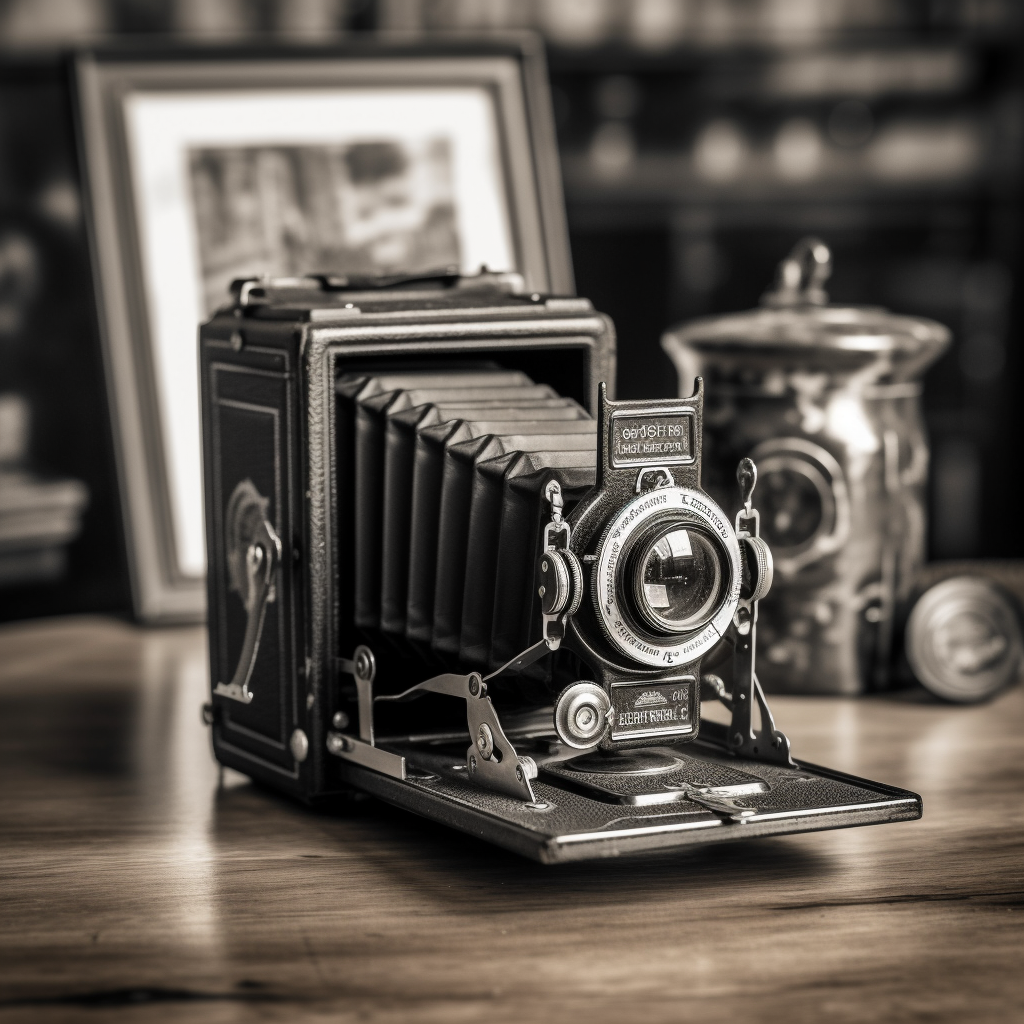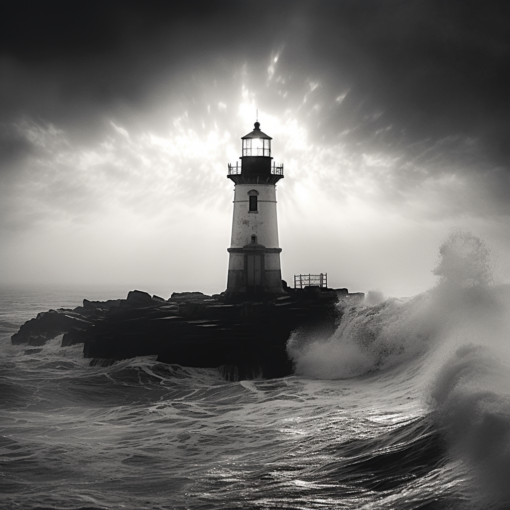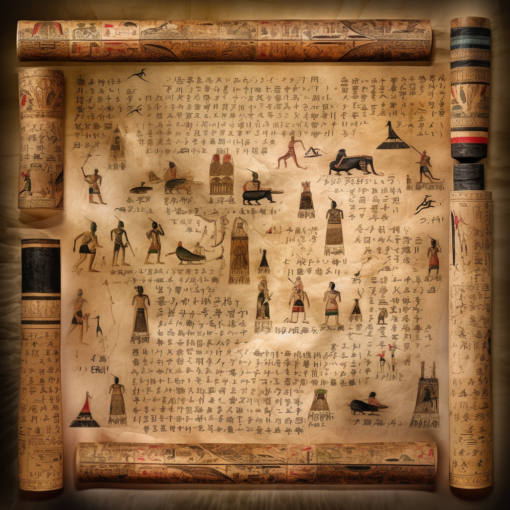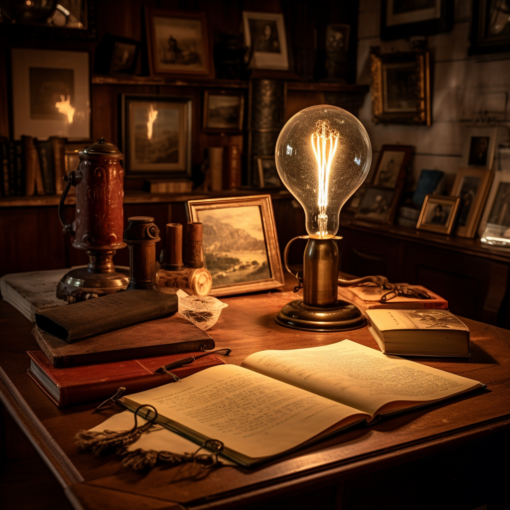From where I sit, there’s a fascinating play of light and shadow outside my window, the late afternoon sun painting intricate patterns on the landscape. If only there were a way to capture this fleeting moment, to freeze time in its tracks. And then I remember – we’ve done it, haven’t we? We’ve mastered the art of trapping time, of painting with light and shadows. The art I’m referring to is photography.
The origins of photography can be traced back to the ancient concept of the camera obscura – a darkened room with a small hole that projected the outside world onto the opposite wall. However, it wasn’t until 1827 that French inventor Joseph Nicéphore Niépce captured the first permanent photograph, or ‘heliograph’, as he called it. This crude image required an exposure of eight hours, was far from the sharp, vivid pictures we’re accustomed to today.
The photographic process was revolutionized by another Frenchman, Louis Daguerre. His ‘daguerreotype’ technique reduced exposure times dramatically and produced clear, detailed images. Unfortunately, daguerreotypes were singular metal plates, and no duplicates could be made from them. The search for a means to create multiple copies led to the invention of the negative in 1851 by Frederick Scott Archer, who introduced the world to the ‘wet plate’ collodion process.
The art and science of photography continued to evolve through the decades, with new techniques, materials, and equipment being introduced. The advent of color photography, initially through labor-intensive methods like hand-coloring and later via technological developments like the Autochrome Lumière, brought a new depth and realism to photographs.
In the mid-20th century, the introduction of Polaroid instant photography and Kodak’s Instamatic cameras made photography accessible to the masses. It was no longer an esoteric art or a professional necessity; it became a part of everyday life. People could now document their personal moments, the birth of a child, a birthday party, or a holiday trip, in vivid color and detail.
Fast forward to the 21st century, and we’re in the midst of a digital revolution. Gone are the days of film; now, images are captured as digital data on a sensor and can be instantly viewed, edited, and shared across the world. The smartphone in your pocket is a powerful camera, allowing billions of people to become photographers in their own right.
Photography’s history is a testament to humanity’s relentless pursuit of innovation and our deep-rooted desire to document, express, and communicate. It is more than just a technological progression; it is the story of our collective memory, our shared human experience.
As I look outside my window again, I pull out my smartphone and capture the play of light and shadow. A moment frozen in time, a part of my personal narrative, a stitch in the grand tapestry of human history. Here’s to the artists of light and shadow, to the historians, the storytellers, the photographers. May we continue to paint our world in stunning pixels and profound silences, one snapshot at a time.

Suggested Further Reading:
- The Metropolitan Museum of Art: History of Photography: A comprehensive article delving into the history of photography, from its inception to modern times.
- National Geographic: Photography: A stunning gallery of photographs and stories from National Geographic, showcasing the power and beauty of photography.
- The Invention of Photography: A Khan Academy article that offers a detailed explanation of the early processes and techniques involved in the invention of photography.





11 thoughts on “A Symphony of Shadows: The History of Photography”
Your article helped me a lot, is there any more related content? Thanks!
Your point of view caught my eye and was very interesting. Thanks. I have a question for you.
Your article helped me a lot, is there any more related content? Thanks!
Thank you, your article surprised me, there is such an excellent point of view. Thank you for sharing, I learned a lot.
Thank you for your sharing. I am worried that I lack creative ideas. It is your article that makes me full of hope. Thank you. But, I have a question, can you help me?
Your article helped me a lot, is there any more related content? Thanks! https://www.binance.info/ph/register?ref=B4EPR6J0
Can you be more specific about the content of your article? After reading it, I still have some doubts. Hope you can help me. https://www.binance.info/si-LK/register?ref=V2H9AFPY
Your point of view caught my eye and was very interesting. Thanks. I have a question for you.
Your article helped me a lot, is there any more related content? Thanks!
Just went to peso888login. Easy enough to sign up. Now the real question: can I win something? Will report back after a few spins. Wish me luck! Login to peso888login now.
777betcasino… That’s the ticket! If you are looking for a new online casino, I highly recommend it. This platform has awesome bonuses! 777betcasino